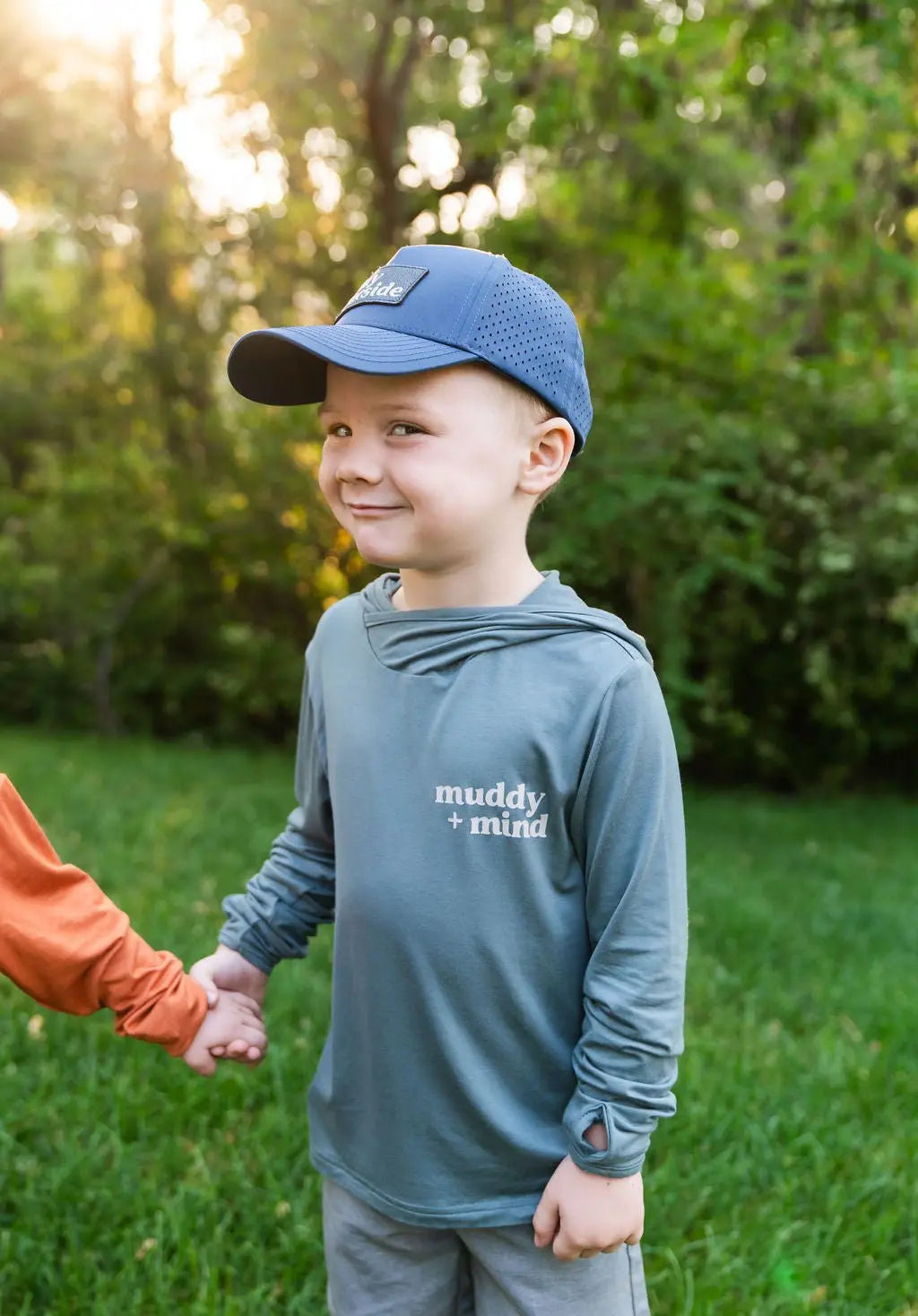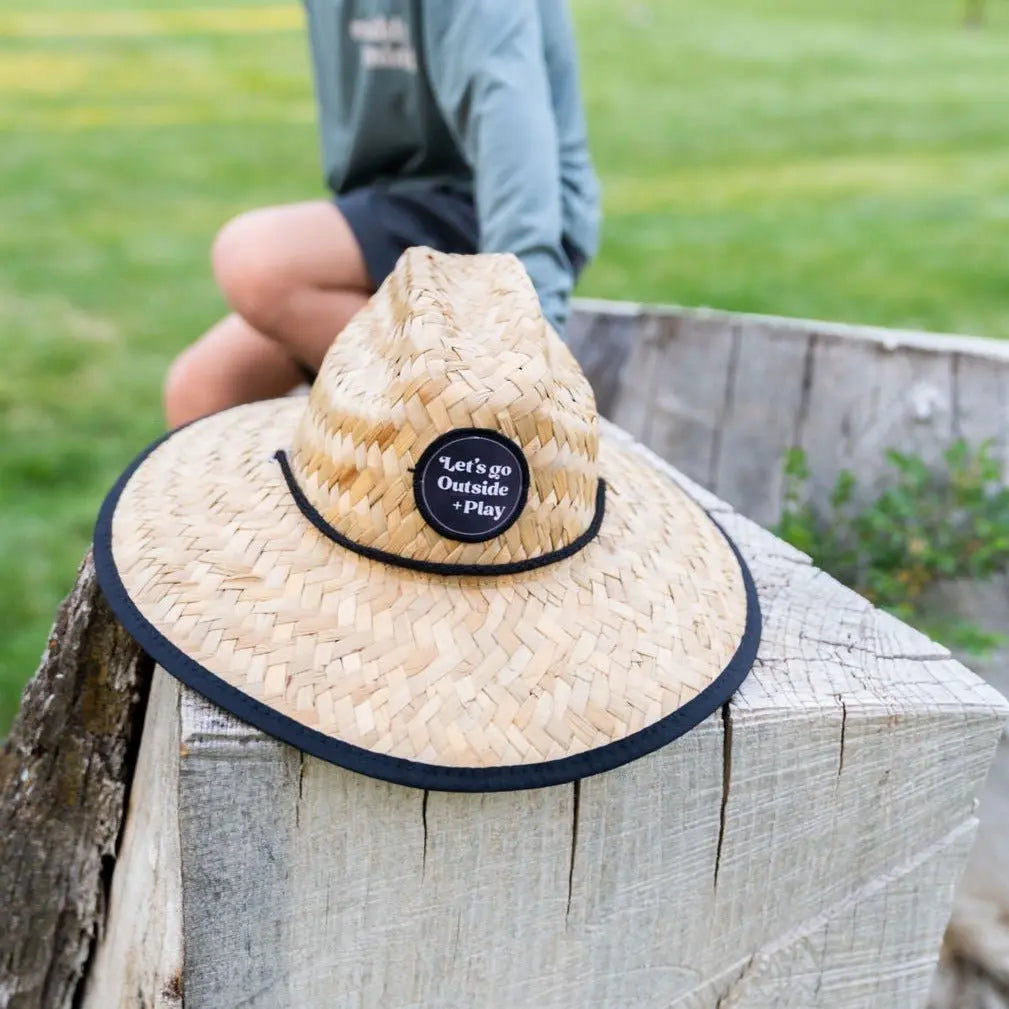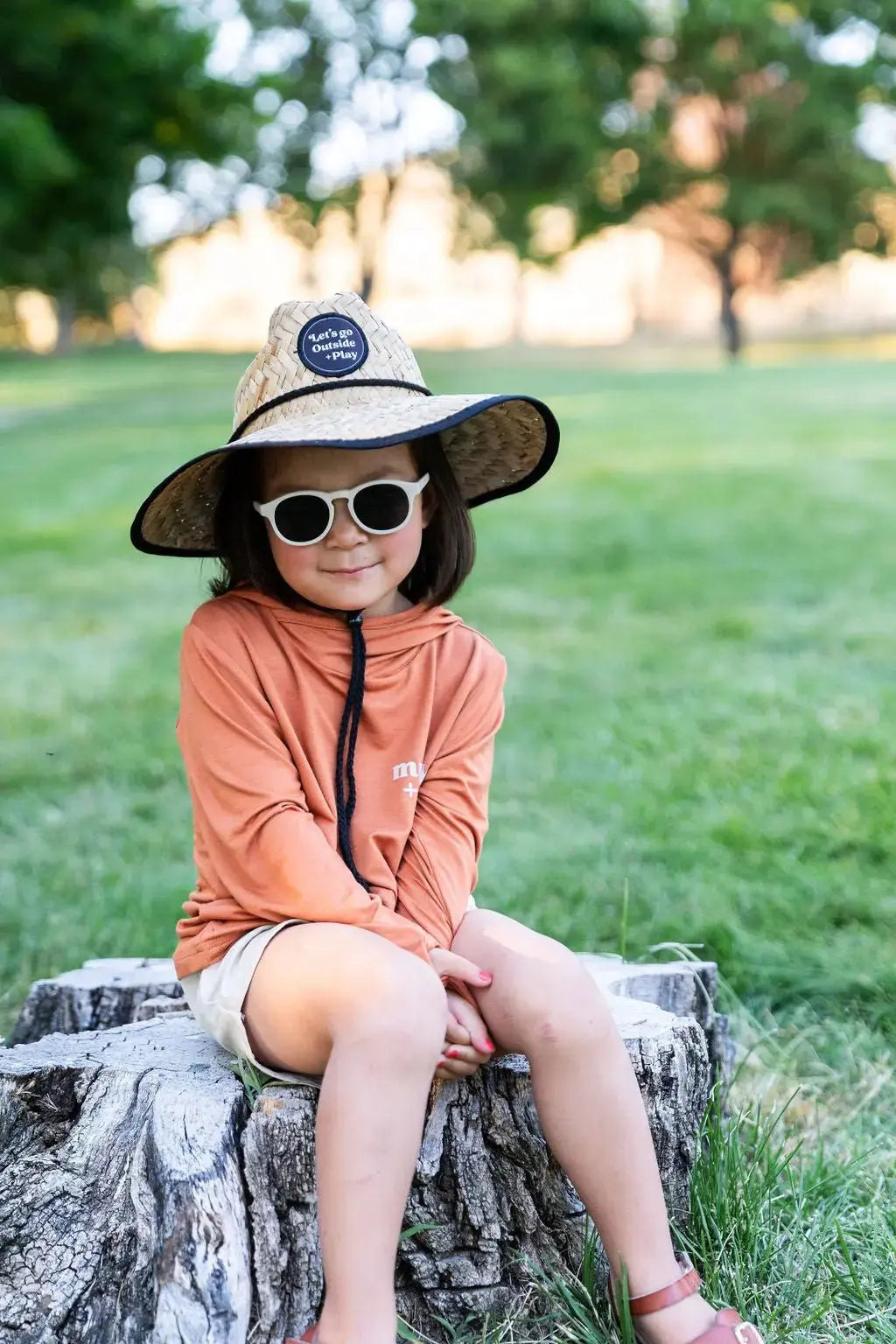Up to 30% off on ONE shirts and Rash guards when you get one for you and one for your little one to match. Automatically applies at checkout.

How Outdoor Play Supports Better Sleep in Kids
How Outdoor Play Supports Better Sleep in Kids
In today’s digital world, kids spend more time indoors than ever before, which can negatively impact their sleep. The good news? Encouraging more outdoor play can be one of the simplest and most effective ways to improve sleep quality for children. From regulating melatonin to promoting physical activity, here’s how nature sets the stage for restful nights.
The Science Behind Outdoor Play and Sleep
Spending time outside plays a crucial role in helping kids sleep better. Here’s why:
🌞 Natural Light Regulates Melatonin: Sunlight exposure during the day helps regulate the body's internal clock, signaling when it’s time to be awake and when to wind down at night. A lightweight sun shirt provides UPF protection, so kids can soak up the benefits of natural light while staying safe.
🏃 Physical Activity Encourages Deeper Sleep: Running, jumping, and climbing use up energy, leading to a more restful and uninterrupted sleep cycle.
🌿 Reduced Blue Light Exposure: Outdoor play limits screen time, preventing excessive blue light exposure that disrupts melatonin production and delays sleep onset.
Read the Sleep Foundation’s research on outdoor play and sleep.
How Much Outdoor Time Do Kids Need for Better Sleep?
The American Academy of Pediatrics recommends at least 60 minutes of outdoor play per day for optimal health and sleep benefits. Morning and afternoon playtimes are ideal for boosting natural light exposure and resetting the body's circadian rhythm.
💡 Pro Tip: A short outdoor activity in the evening—like a family walk—can also help signal to the body that bedtime is approaching.
Best Outdoor Activities for Sleep-Boosting Benefits
Not all play is created equal when it comes to improving sleep. The best activities incorporate movement, fresh air, and a connection with nature.
🏕 Nature Walks & Hikes – Exposure to daylight and fresh air calms the nervous system.
🚴 Bike Riding – A great cardio activity that burns energy and promotes physical fatigue.
🌊 Beach or Water Play – Swimming and splashing in natural water sources are relaxing and physically engaging.
🤸 Free Play at the Park – Climbing, running, and jumping support healthy muscle and brain development.
🌳 Gardening & Outdoor Chores – Low-impact outdoor activities help kids unwind while staying active.
How to Create a Sleep-Friendly Outdoor Routine
Encouraging outdoor time isn’t just about letting kids run around—it’s about creating a sustainable routine that enhances their sleep quality.
🕒 Morning Exposure: Encourage at least 20 minutes of outdoor time in the morning to kickstart melatonin regulation.
📴 Screen-Free Evenings: Replace evening screen time with outdoor play to naturally wind down the body and mind.
🛏 Post-Play Wind Down: Incorporate relaxing bedtime activities like reading or a warm bath to ease into sleep after a day of adventure.
💡 Pro Tip: Keep outdoor play consistent. Even in cooler months, a short time outside helps regulate sleep patterns.
Final Thoughts: Better Sleep Starts Outdoors
By prioritizing outdoor play, you’re not only promoting better sleep but also fostering a lifelong appreciation for nature and an active lifestyle. Whether it’s a short morning walk, a weekend hike, or an hour at the park, every moment outside contributes to healthier, happier, and better-rested kids.
For more family-friendly outdoor sleep strategies, visit our Play Outside blog.














